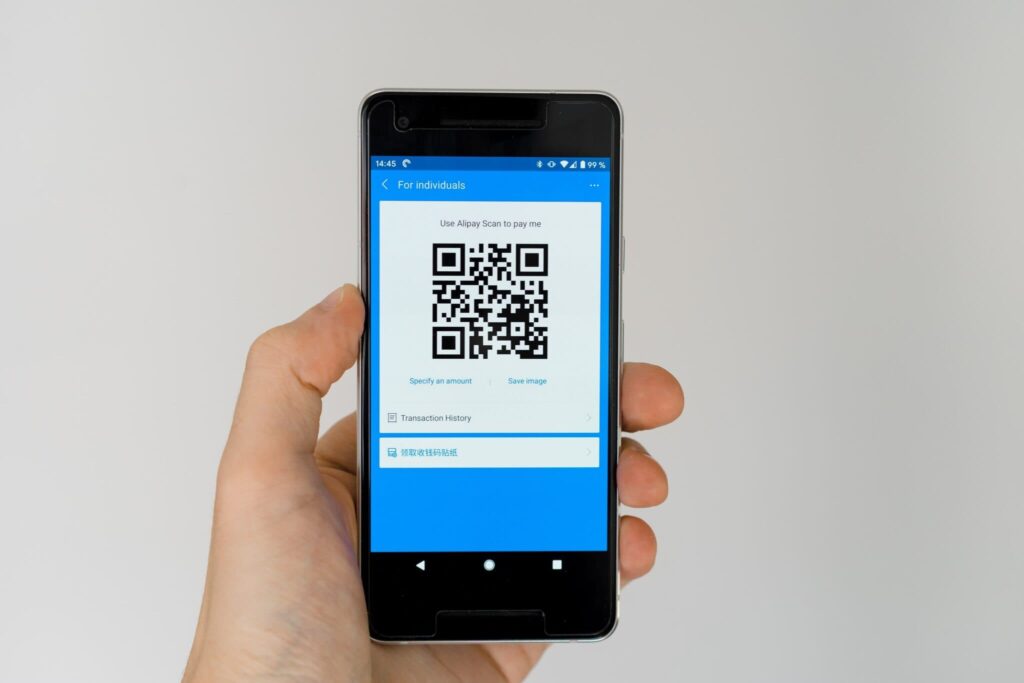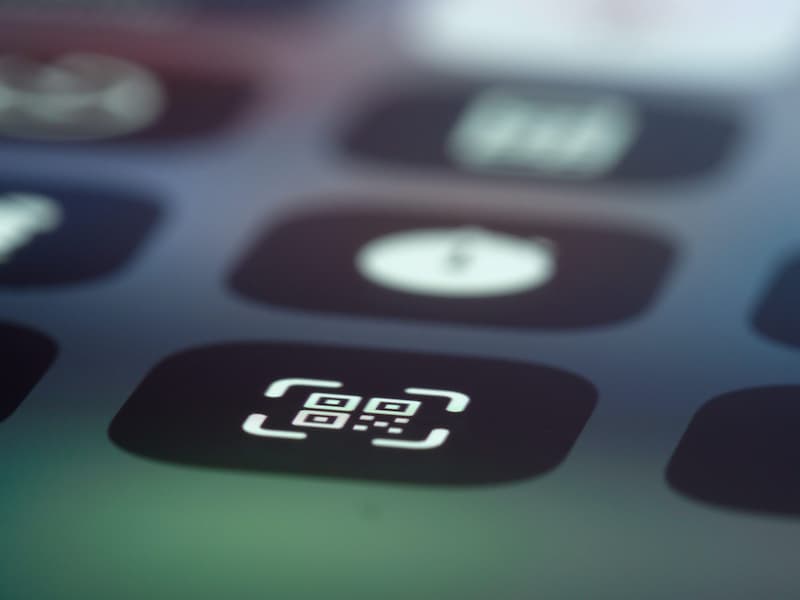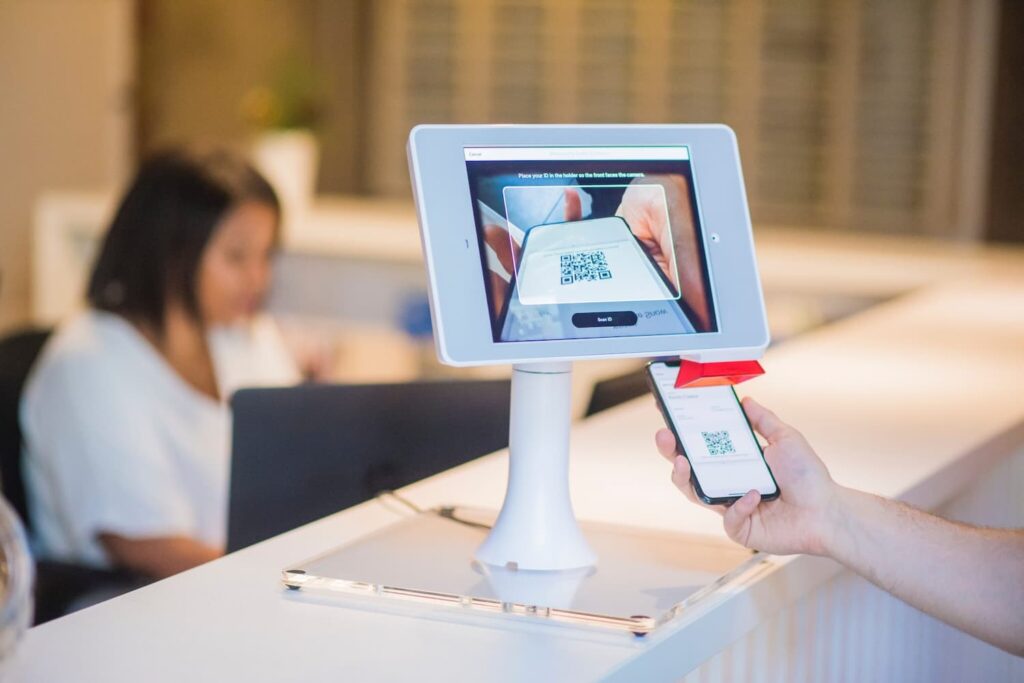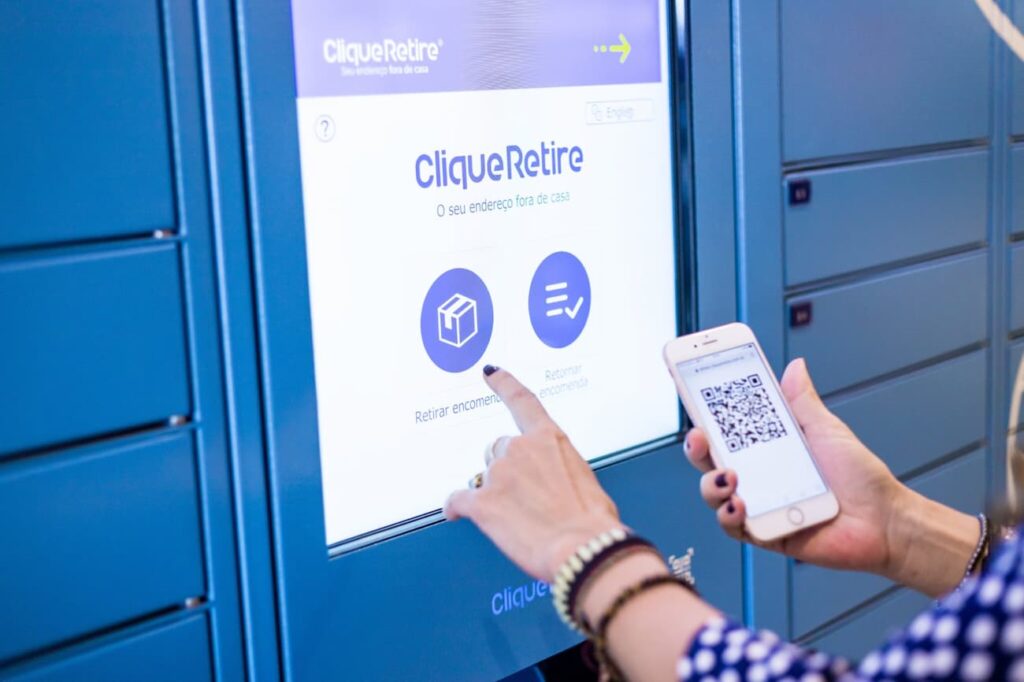
QR codes are extremely cool and good-looking devices. They look like cryptic symbols from an alien civilization that, once deciphered, can unlock a portal to the unknown.
Despite this not being the case, QR codes do store and unlock information and have become part of our daily lives, whether for personal or professional uses.
Divided into static and dynamic, let’s make it clear what they are, what they are for, and which one is ideal for brands and their strategies.
QR Codes’ Main Characteristics
QR means Quick Response. These codes were initially created in order to track auto parts in 1994. Although similar to the bar code, the QR stores more information as it can be read both vertically and horizontally.
They can contain information or be an intermediary —they connect to a website, a video, contact information, and more.
QR codes in general are a great tool due to their ability to handle different types of data, have a high scanning speed, flexible design, and because their reading is universal and can be done with any smartphone or tablet.
Also see How to Scan a QR Code From a Screenshot
Differences Between Static and Dynamic QR Codes

The main difference between a static and a dynamic QR code is that the former does not allow modifications once it has been generated. This means that you will only have this scannable code to redirect to a single link.
Instead, a dynamic QR code can be reused once the information is no longer useful to the business or consumer and can be replaced with new data. It can be recycled as many times as necessary without having to reprint the code, automatically redirecting to the updated information that has been entered.
The information that YOU can provide to a user, thanks to dynamic QR codes, is very diverse as well as modifiable.
What Makes Dynamic QR Codes Special?
When you generate a static QR code, the information is embedded in the pattern and it is not possible to modify it. On the other hand, in dynamic QR codes, you can control the content you want the user to reach through an associated redirection.
Dynamic QR codes can be used to download content in any format. These can include videos, images, guides and other content in PDF, social media, WiFi login credentials, and much more —although with limitations, since the weight of the file must not exceed 9 MB.
You can also provide users with your business contact information as, once the code is scanned, the information will be automatically saved in the contact list of the mobile device.

In these days of growing e-commerce, you have the option of providing a dynamic QR code where you can add PayPal or crypto payments.
If you have mobile applications, it is also a good option to generate an app QR code so that users can access them easily.
If a company has a physical store, it should not miss the opportunity to make these codes visible since internet users are likely to download applications from trusted brands.
So, to summarize, you can share documents in a flash, increase the number of followers and interactions on your fan pages, leverage your networking, launch a marketing campaign for your business, and more.
Data Access
Dynamic QR codes offer you great data tracking possibilities to run marketing campaigns. They give you statistics on the number of scans and geolocation, information on the audience, type of operating system, type of device, and more.
This enables you to measure the performance of the campaign in progress and align the actual code with your campaign visuals.
These codes, bearing in mind these features, come at a cost and it is necessary to pay to keep them active. Some brands link to specific information such as menus, catalogs, websites, and social networks, to purchase orders.
For those who seek to meet objectives, correct errors, and collect data, dynamic code is the way to go.
Impact of QR codes

QR codes are a very useful and accessible tool for any field —however, you must make sure that they will have the intended scope or impact.
So, ask yourself: Is it a tool suitable for all age groups? Does the place and the public to which it is exposed have what it takes to make use of this technology?
It is worth thinking about these variables since there may be cases in which a message is addressed to those who cannot receive it —a code is exposed to those who cannot scan it, that is.
In the end, creativity and the need to streamline and digitalize processes will be essential for future applications where different professional areas have already made important advances that optimize professional performance and reduce errors.
Thanks to QR Codes, companies can share all kinds of information about their products and services available to the user. In the same way, they can be created on time to carry out promotions, events, or any other type of content related to their commercial interests.
